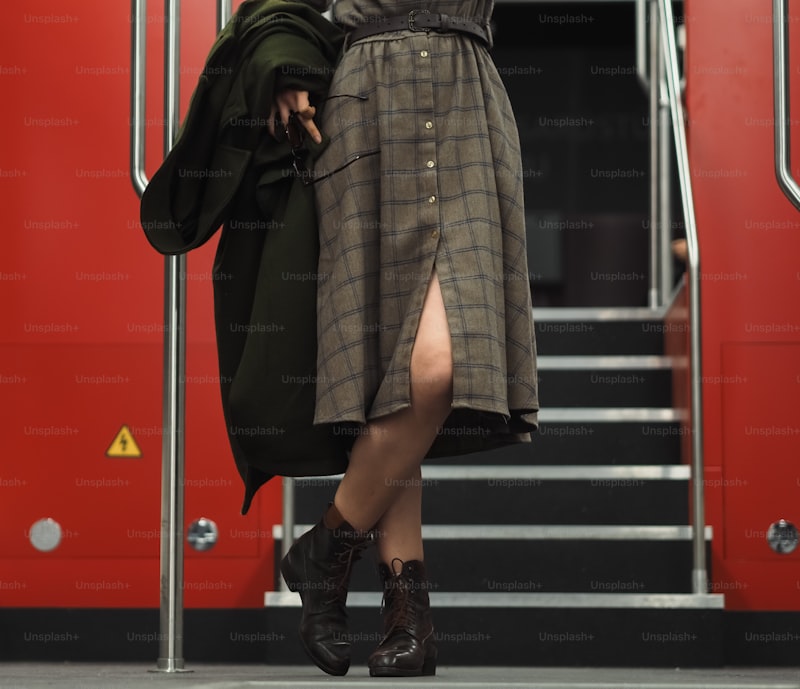Understanding the Dress Buying Process: A Comprehensive Guide
Buying a dress can seem like a simple task, but for many, it can be an overwhelming experience filled with choices, styles, and emotional moments. Whether you're preparing for a special occasion, looking to refresh your wardrobe, or simply indulging in a little retail therapy, understanding the dress buying process can make the experience enjoyable and stress-free. In this comprehensive guide, we'll break down the essential steps involved in purchasing the perfect dress while considering various factors such as styles, budget, and body types.
1. Identifying Your Needs
The first step in the dress buying process is to clearly identify your needs. Are you looking for a formal dress for a wedding, a casual dress for a summer outing, or perhaps something for work? Understanding the occasion will help narrow down your options. Here are some common reasons for buying a dress:
| Occasion | Style Recommendations |
| Wedding | Floor-length gowns, cocktail dresses |
| Casual Outing | Maxi dresses, sundresses |
| Business Meeting | A-line dresses, sheaths |
| Party | Bodycon, sparkly dresses |
2. Setting a Budget
Before diving into the sea of dress options, it's crucial to set a budget. This will help you prioritize your choices and prevent overspending. Dress prices can vary greatly based on design, brand, and material. Consider the following when setting your budget:
- Brand Influence: Designer dresses often come with higher price tags but may offer unique designs.
- Quality vs. Quantity: Sometimes investing in a high-quality dress is more worthwhile than buying several cheaper ones.
- Sales and Discounts: Keep an eye out for seasonal sales or discount events which can significantly reduce costs.
3. Understanding Body Types
One of the most important aspects of dress shopping is understanding your body type. Not every dress style will complement your shape, and knowing what works for you can save time and frustration. Here’s a brief overview of common body types and ideal dress styles:
| Body Type | Recommended Dress Styles |
| Apple Shape | Empire waist, A-line |
| Pear Shape | Fit-and-flare, A-line |
| Hourglass | Bodycon, wrap dresses |
| Rectangle | Shift dresses, shift styles |
4. Researching Dress Styles
Once you know your needs and budget, it’s time to research dress styles. Look for inspiration in fashion magazines, social media, and online boutiques. Pay attention to current trends, but remember to prioritize styles that make you feel comfortable and confident. 
4.1 Popular Dress Styles to Consider
- A-Line Dresses: Universally flattering, they nip at the waist and flow out, accommodating various body types.
- Wrap Dresses: Designed for hourglass figures, they accentuate curves while providing comfort.
- Shift Dresses: Ideal for a more relaxed, casual look, they offer an easy fit without defined waistlines.
- Bodycon Dresses: Fit snugly against the body, making them popular for evenings and special occasions.
5. Trying on Dresses
Once you have a good selection of styles in mind, it's time for the fitting room. Here are some tips to keep in mind:
- Wear the Right Undergarments: Ensure you're wearing suitable undergarments to give you a true sense of fit.
- Don’t Rush: Take your time to try on different sizes and styles to see what feels right.
- Ask for Opinions: Bring a trusted friend or family member for a second opinion on how the dress looks on you.
6. Checking Fabric and Craftsmanship
The quality of fabric and craftsmanship can significantly impact the dress's overall look and durability. Here are some key considerations:
- Fabric: Look for breathable fabrics such as cotton or linen for summer dresses, while heavier materials like silk or velvet might be suitable for winter events.
- Seams and Stitching: Inspect the stitching and seams for signs of quality. Loose threads or uneven hems can indicate poor craftsmanship.
7. The Final Decision: To Buy or Not to Buy?
After trying on dresses, check the total costs, including potential alterations. Ask yourself if you're confident in your choice and whether the dress aligns with your budget and sense of style. Don't feel pressured to make a purchase if you're not entirely satisfied. Sometimes, it's worth waiting for the perfect piece.
8. Care Instructions
Once you've made your purchase, understanding how to care for your dress is essential. Check the care label for specific instructions, as different materials might require unique care:
- Dry Clean Only: Common in fully lined and delicate dresses.
- Machine Wash: Often suitable for cotton or synthetic blends but always check first.
- Hand Wash: Best for preserving special fabrics.
Conclusion: Your Ultimate Guide to Buying Dresses
Understanding the dress buying process is crucial in making informed and satisfying choices. With a clear sense of your needs, set budget, and awareness of your body type, you can navigate the dress shopping terrain with confidence. Remember to focus on quality over quantity, take your time in trying on various styles, and consider the care instructions for your new dress.
If you have additional questions about specific dress types or how to style them, don't hesitate to explore more resources or ask in-store professionals for help. Enjoy your dress shopping journey!